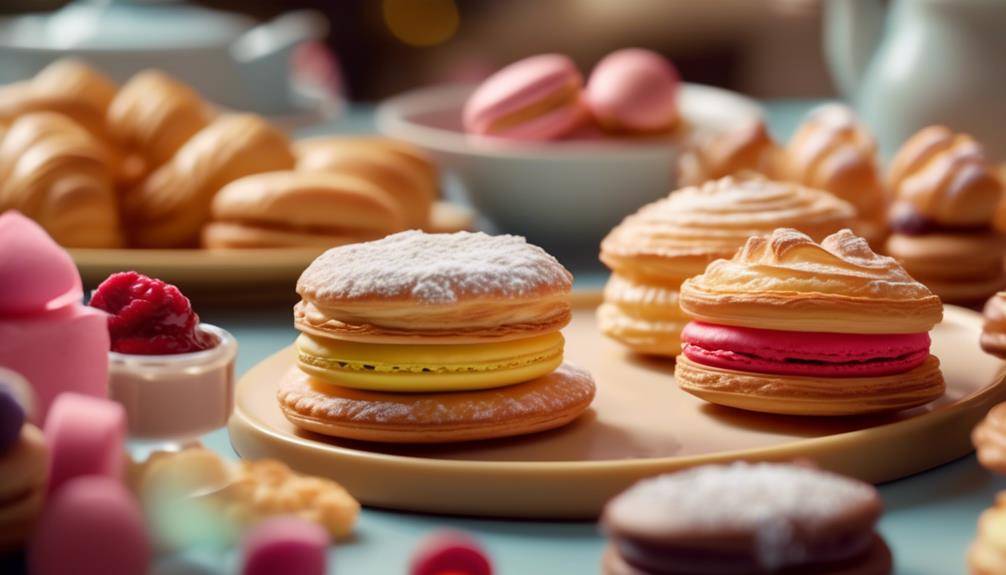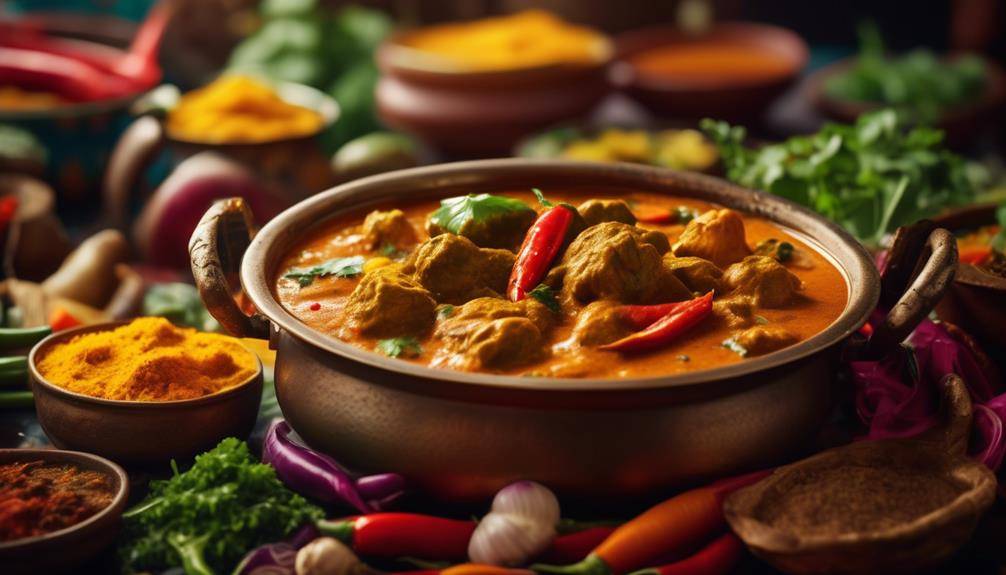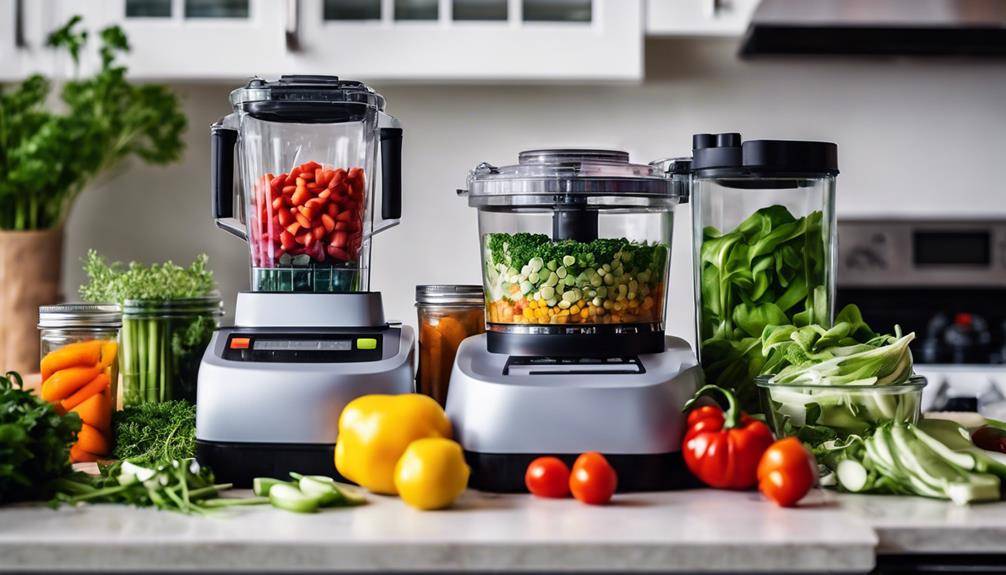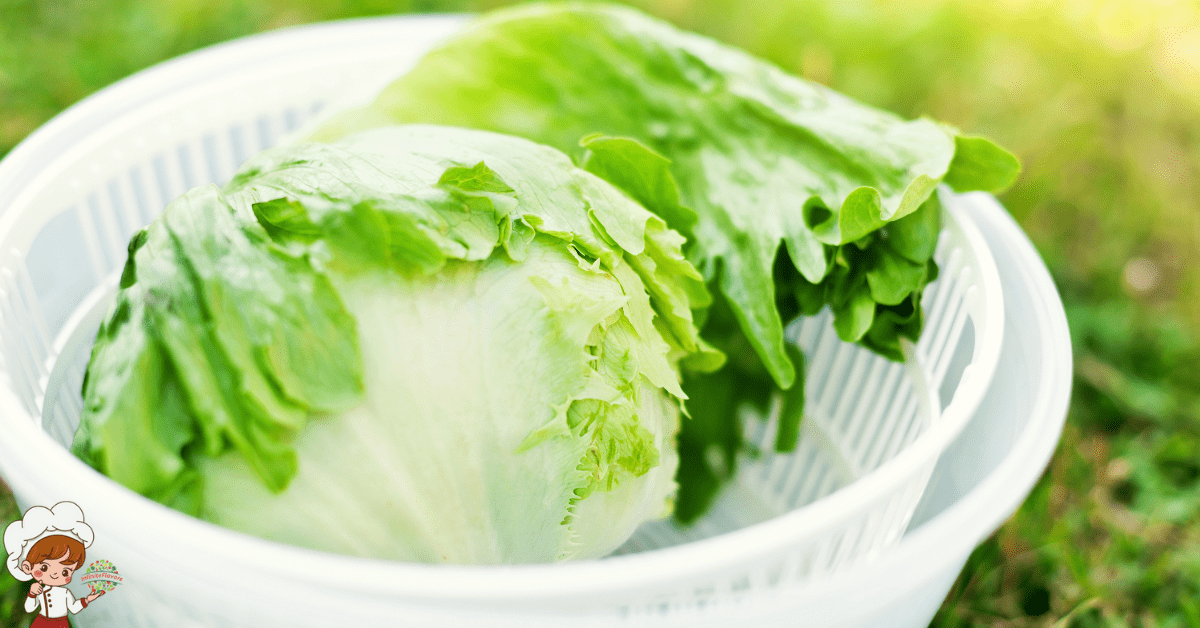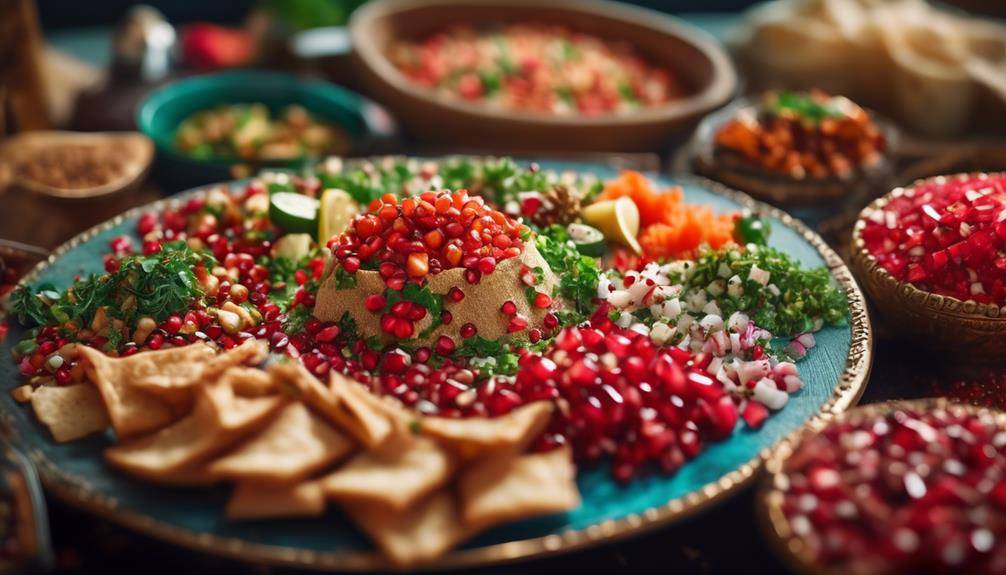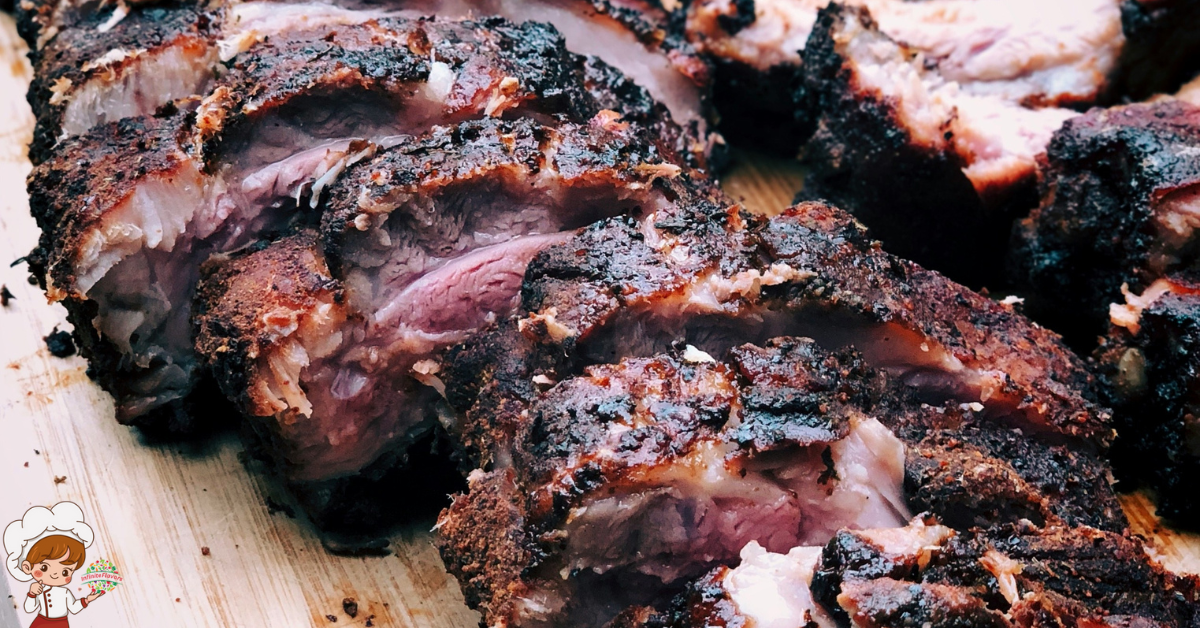The Best Beginner’s Guide: 7 Tips for Perfect Pie Baking
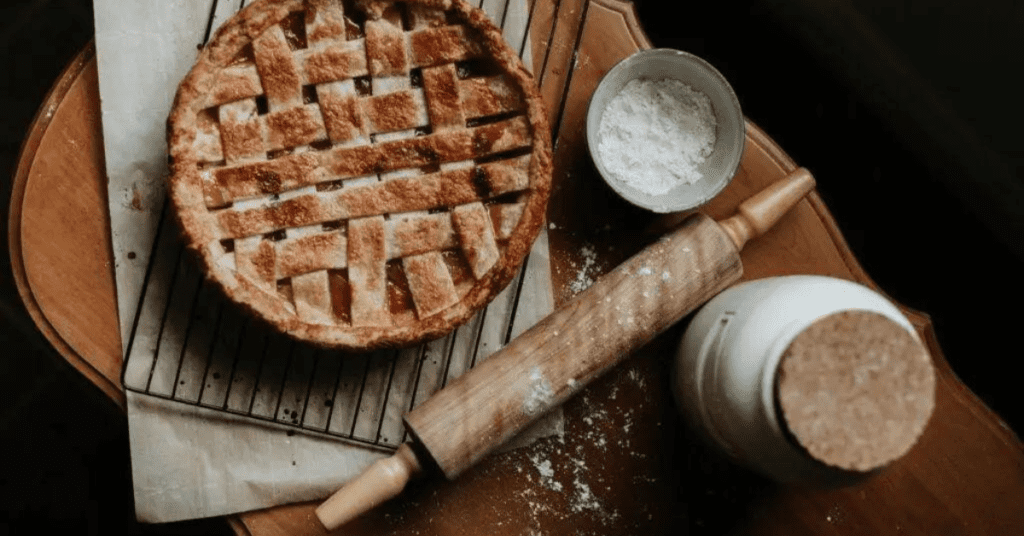
Are you ready to dive into the sweet and flaky world of pie baking? This Perfect Pie Baking beginner’s guide is here to help you perfect your pie-making skills with 7 essential tips. Just like a gentle breeze on a sunny day, these tips will guide you through the process, ensuring your pies come out delicious every time. From choosing the right pie filling to mastering the art of pie crust, you’ll learn all the secrets for creating pies that are as beautiful as they are tasty. So grab your apron, roll up your sleeves, and let’s get baking!
Choosing the Right Pie Filling
When choosing the right pie filling, you should consider your personal preferences and dietary restrictions. One of the first decisions you’ll need to make is whether you prefer a fruit or cream filling. Fruit fillings are typically made with fresh or canned fruits, such as apples, cherries, or peaches. They offer a burst of natural sweetness and a juicy texture that complements the flaky crust. On the other hand, cream fillings are rich and luscious, perfect for those with a sweet tooth. Popular choices include custard, chocolate, or coconut cream.
Another factor to consider is whether you want a sweet or savory filling. Sweet fillings are the classic choice for pies, with flavors like apple, pumpkin, or pecan. These pies are perfect for dessert or a sweet treat any time of day. If you’re looking for something more unexpected, try a savory filling. This could include ingredients like cheese, meat, or vegetables, resulting in a delicious and hearty pie. Savory pies are a great option for a satisfying dinner or a unique addition to a brunch menu.
Ultimately, the choice of pie filling comes down to your personal taste and dietary needs. Consider whether you prefer the freshness of fruit or the indulgence of cream fillings. Think about whether you’re in the mood for something sweet or savory. Don’t be afraid to experiment with different combinations and flavors to find your perfect pie filling. Whether you’re enjoying a classic apple pie or a savory chicken pot pie, the right filling will make all the difference in creating a truly memorable dessert.
Mastering the Art of Pie Crust
To master the art of pie crust, start by choosing the right ingredients and following a simple recipe. The key to a perfect pie crust lies in the blending techniques and troubleshooting common crust issues. Let’s dive into the details!
When it comes to ingredients, opt for high-quality unsalted butter and all-purpose flour. The butter should be cold, straight from the fridge, as this will ensure a flaky texture. Cold water is also crucial in maintaining the proper consistency of the dough.
To create the perfect crust, it is essential to blend the ingredients correctly. Begin by combining the flour and salt in a large bowl. Cut the cold butter into small cubes and add it to the flour mixture. Using a pastry cutter or your fingers, blend the butter into the flour until it resembles coarse crumbs. Be careful not to overmix, as this can result in a tough crust.
If you encounter common crust issues, don’t panic! For a crust that shrinks during baking, make sure to refrigerate it before baking and avoid stretching the dough when placing it in the pie dish. If your crust turns out too tough, try using a lighter hand when blending the butter and flour. And if you struggle with a soggy bottom crust, try preheating your baking sheet before placing the pie on it.
Mastering the art of pie crust takes practice, but with the right techniques and troubleshooting skills, you’ll be well on your way to creating the perfect pie. So don your apron, gather your ingredients, and let your creativity shine through in every flaky, delicious bite. Happy pie baking!
Essential Baking Tools for Pie Making
To make perfect pies, you’ll need essential baking tools. These tools will not only make your pie-making process easier, but they will also help you achieve professional-looking results. Here are three essential tools that every pie baker should have in their kitchen arsenal:
- Rolling Pin: A good rolling pin is a must-have for any pie baker. It allows you to roll out your dough evenly and smoothly, ensuring that your pie crust is the perfect thickness. Look for a rolling pin with handles for easy grip and a smooth surface for effortless rolling. Whether you prefer a traditional wooden rolling pin or a modern silicone one, this tool will be your best friend when it comes to creating a beautiful pie crust.
- Pie Weights: When blind baking a pie crust, pie weights are essential for preventing the crust from puffing up or shrinking during baking. These small ceramic or metal beads are placed on top of the crust before baking to weigh it down and keep it in shape. They ensure that your crust bakes evenly and maintains its shape, resulting in a perfectly cooked pie. Invest in a set of pie weights to elevate your pie-making game.
- Pastry Brush: A pastry brush is a versatile tool that is used for various baking techniques, including brushing egg wash or melted butter onto pie crusts. It helps to create a golden and glossy finish on the crust while adding flavor and enhancing the appearance of your pie. Look for a brush with soft bristles that won’t damage your delicate crust. With a pastry brush in hand, you’ll be able to achieve a professional-looking pie every time.
With these essential tools in your kitchen, you’ll be well-equipped to tackle any pie recipe and create beautiful, delicious pies. So, stock up on these baking essentials and get ready to impress your family and friends with your pie-making skills. Happy baking!
Tips for Rolling Out the Perfect Pie Dough
To achieve the perfect pie crust, start by using a rolling pin to evenly roll out your pie dough. Rolling out pie dough may seem intimidating, but with the right techniques and a little practice, you’ll be able to create a beautifully flaky crust every time. Here are some tips to help you master the art of rolling out the perfect pie dough.
First, make sure your dough is properly chilled. Cold dough will be easier to work with and less likely to stick to the rolling pin or surface. If your dough becomes too warm while rolling, simply place it back in the refrigerator for a few minutes to firm up.
When rolling out the dough, use a light touch. Apply gentle pressure with the rolling pin, starting from the center and working your way outwards. This will help to create an even thickness and prevent the dough from tearing.
To prevent sticking, lightly flour your rolling pin and work surface. However, be careful not to add too much flour, as this can make the dough tough. If the dough begins to stick, gently lift and move it, adding more flour underneath as needed.
If you encounter any tears or cracks in the dough, don’t panic. Simply patch them up with a small piece of dough and continue rolling. You can also use a bit of water to help seal any seams.
Troubleshooting common pie dough problems is also important. If your dough becomes too soft and difficult to handle, place it in the refrigerator for a few minutes to firm up. If it shrinks while baking, try blind baking the crust before adding the filling.
Secrets to a Flaky and Golden Crust
Achieving a flaky and golden crust starts with using an appropriate fat in your pie dough. Whether you prefer butter, shortening, or a combination of both, the fat plays a crucial role in creating the perfect texture and flavor. Here are some secrets to help you achieve a crust that is both flaky and golden:
- Keep your fat cold: When making the dough, make sure your fat is chilled. Cold fat creates pockets of steam during baking, resulting in a flaky crust. Cut the fat into small pieces and refrigerate it before incorporating it into the dough.
- Use the right amount of liquid: Adding too much liquid to the dough can make it tough and dense. Start with the recommended amount and gradually add more if needed. The dough should come together without being too wet or crumbly.
- Chill the dough before rolling: After making the dough, wrap it in plastic wrap and refrigerate it for at least 30 minutes. Chilling the dough allows the fat to solidify, making it easier to roll out and preventing the crust from shrinking during baking.
To prevent a soggy crust, try these tips:
- Blind bake the crust: If your pie filling is wet, blind baking the crust can help prevent it from becoming soggy. Simply line the crust with parchment paper, fill it with pie weights or dried beans, and bake it for a few minutes before adding the filling.
- Brush the crust with egg wash: Before baking, brush the crust with beaten egg. This creates a barrier that helps seal the crust and prevents it from getting too soggy.
- Use a pie shield: If the edges of your crust are browning too quickly, cover them with a pie shield or aluminum foil. This will protect the edges while allowing the rest of the crust to bake to a golden perfection.
Perfecting Pie Fillings and Flavors
For perfecting your pie fillings and flavors, start by exploring a variety of seasonal fruits and spices. The key to a delicious pie is finding the perfect flavor combinations that will tantalize your taste buds. Experiment with different fruits like apples, berries, peaches, and pears to create unique and mouthwatering fillings. Don’t be afraid to mix and match different fruits to create a medley of flavors.
When it comes to spices, cinnamon, nutmeg, and ginger are popular choices that add warmth and depth to your pie fillings. However, don’t limit yourself to just these options. Try experimenting with cardamom, cloves, or even a hint of chili powder for a surprising twist. The possibilities are endless!
Troubleshooting common filling issues is also essential for perfecting your pie. One common problem is a soggy bottom crust. To prevent this, try pre-baking the crust before adding the filling. You can also sprinkle a layer of breadcrumbs or crushed graham crackers on the bottom to absorb any excess moisture.
Another common issue is a runny filling. To fix this, try adding a thickening agent like cornstarch or tapioca flour to your filling mixture. Make sure to follow the recipe’s instructions carefully and adjust the amount of thickening agent based on the juiciness of the fruit.
Lastly, always taste your filling before adding it to the pie crust. Adjust the sweetness or tartness by adding sugar or lemon juice accordingly. Remember, the filling is the star of the pie, so make sure it’s bursting with flavor.
Baking and Serving Your Pie With Style
Now let’s move on to the next step: baking and presenting your pie with flair. Once your pie is perfectly baked and cooled, it’s time to showcase your culinary masterpiece and serve it with style. Here are some tips to elevate your baking presentation and follow proper serving etiquette:
- Use a decorative pie dish: Choose a pie dish that not only complements the aesthetics of your pie but also adds a touch of elegance to your table. Opt for a ceramic or glass dish with a beautiful design or a vibrant color that will make your pie stand out.
- Garnish with finesse: Sprinkle some powdered sugar, cocoa powder, or a pinch of cinnamon on top of your pie to add a finishing touch. You can also garnish with fresh fruit slices, mint leaves, or a dollop of whipped cream for an extra touch of decadence.
- Serve with appropriate utensils: Use a sharp, serrated pie server to cut and serve your pie slices neatly. Ensure you have enough dessert plates and forks for your guests. Remember to provide napkins and small dessert spoons if needed.
Perfect Pie Baking; Frequently Asked Questions
How Do I Prevent My Pie Crust From Shrinking During Baking?
To prevent your pie crust from shrinking during baking, make sure to chill the dough before rolling it out. Use a pie weight or some dried beans to weigh it down while baking, and avoid over-mixing the dough.
Can I Substitute Butter for Shortening in My Pie Crust Recipe?
Yes, you can substitute butter for shortening in your pie crust recipe. Butter adds a rich flavor and creates a flakier crust. Just make sure to keep it cold and cut it into small pieces when incorporating it into the dough.
How Do I Know When My Pie Is Fully Baked?
To tell if your pie is fully baked, look for a golden brown crust that is crisp and flaky. Insert a toothpick or knife into the filling, and if it comes out clean, your pie is done. Enjoy!
Can I Freeze My Pie Dough for Later Use?
Yes, you can freeze your pie dough for later use! Freezing it allows you to have homemade dough on hand whenever you crave a pie. It’s a convenient way to store it for future baking adventures.
What Is Blind Baking and When Is It Necessary?
Blind baking is a technique where you pre-bake a pie crust before adding the filling. It’s necessary when the filling doesn’t need to be baked as long as the crust. Common mistakes include not using pie weights and not chilling the crust before baking.
Conclusion
In conclusion, with these 7 tips for perfect pie baking, you’ll be well on your way to creating delicious and beautiful pies every time. From choosing the right filling to mastering the art of pie crust, and using essential baking tools, you’ll have all the knowledge and techniques you need. Remember to roll out your dough with care, aim for a flaky and golden crust, and experiment with different fillings and flavors. With practice, your pies will be a true culinary masterpiece. So get baking and enjoy your pie with style!



